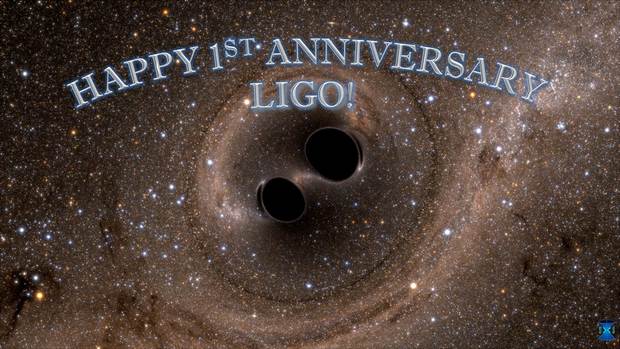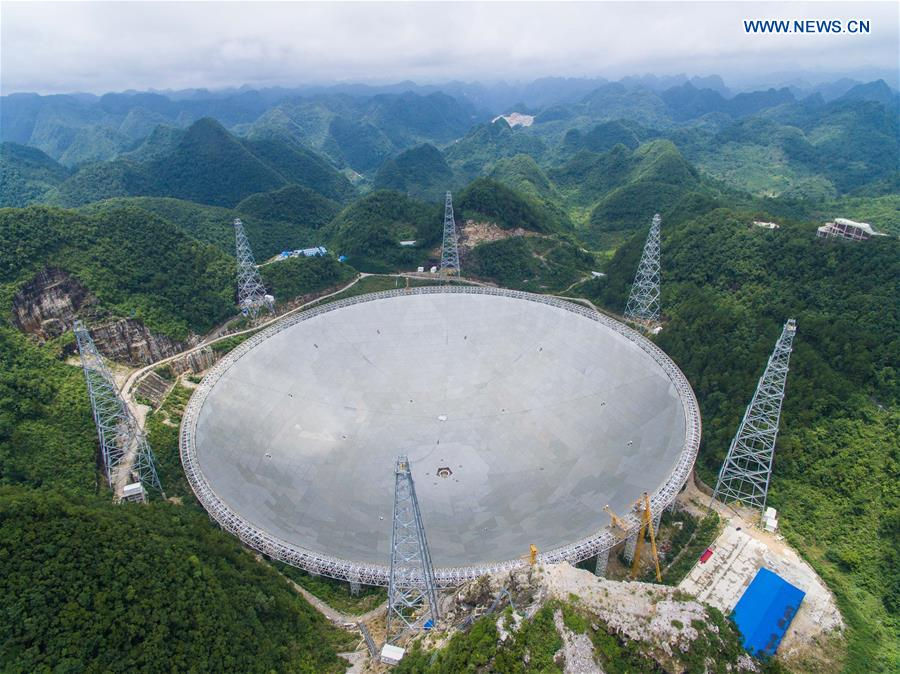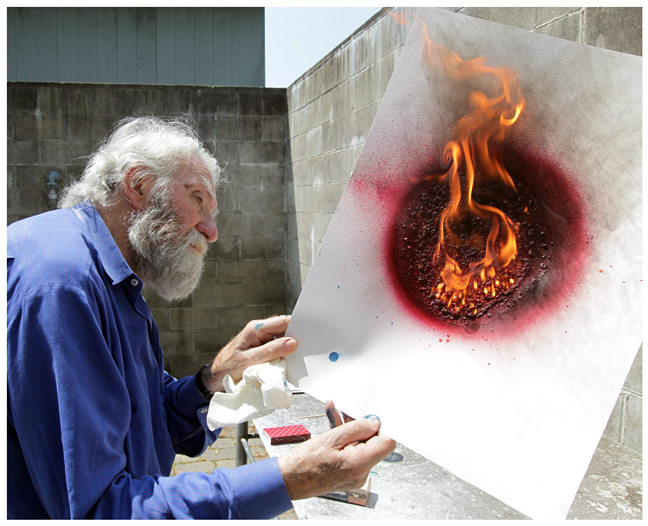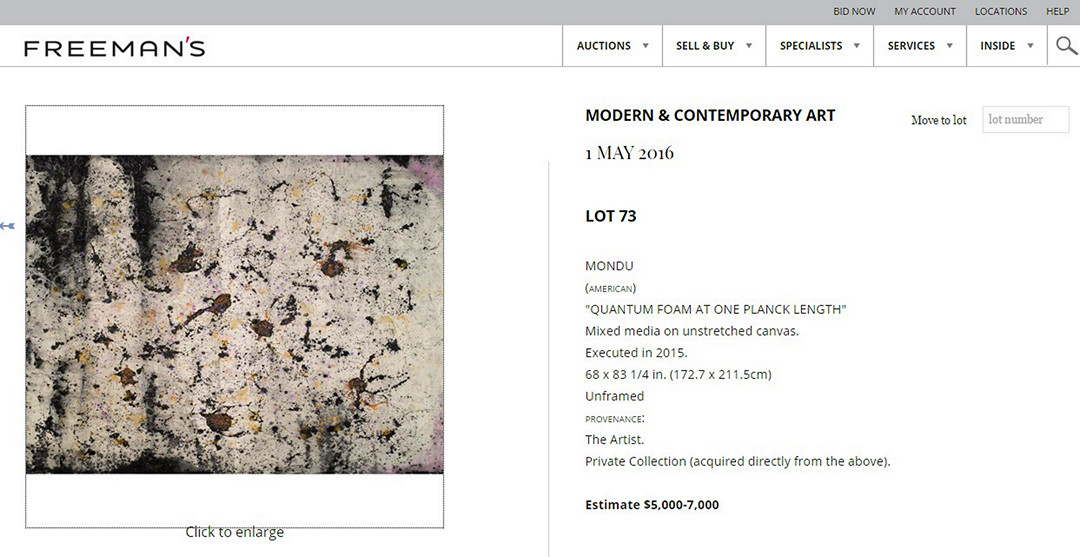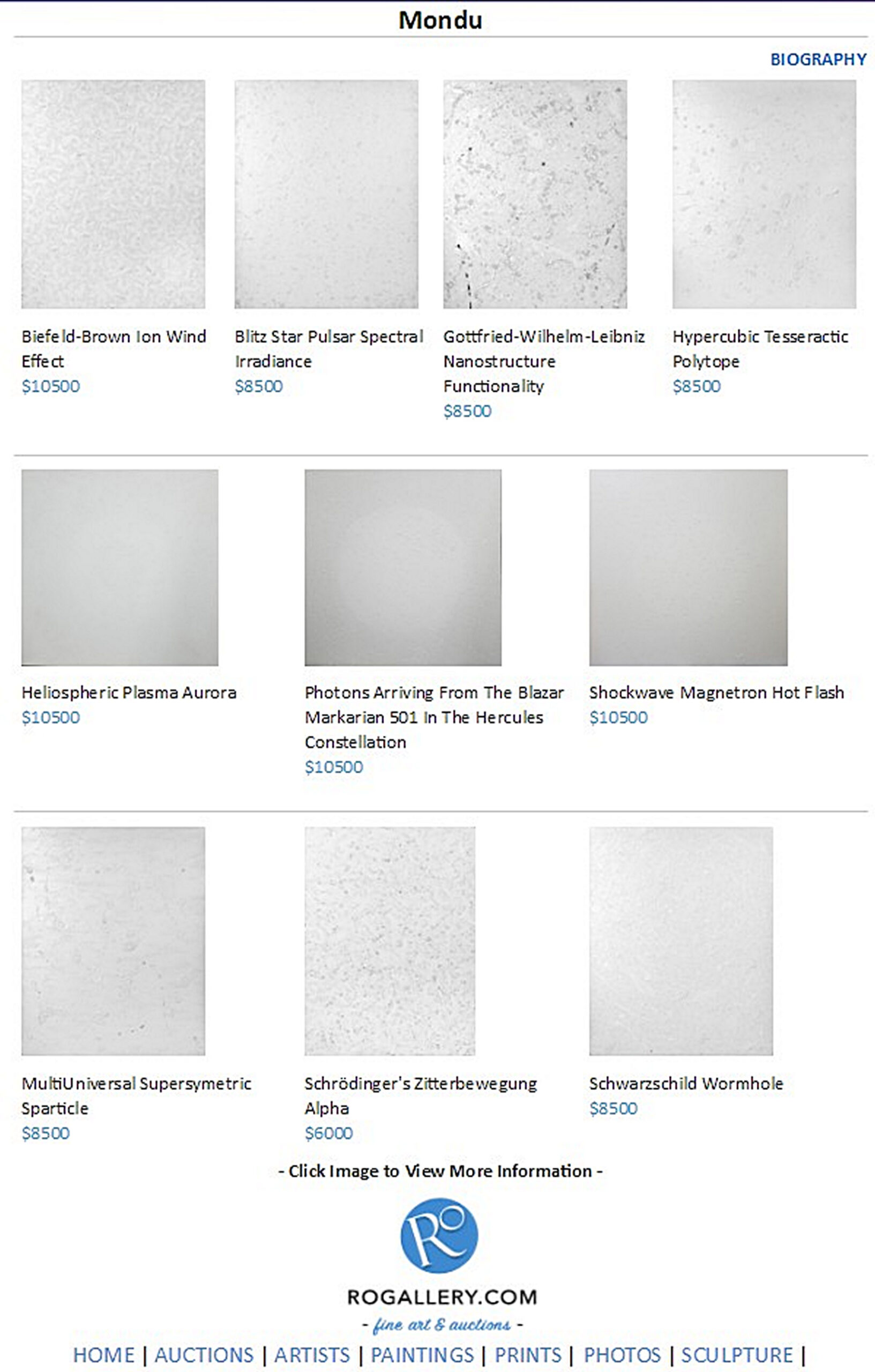Open Studios Event at Reis, LIC
Open Studios Event at Reis, LIC featured an installation of the “R & D: Hypothesis Testing” series combined with the “Dust Plasmons in Space” series for the three-day event.
The R & D: Hypothesis Testing Series works were made with either 12 x 9″ Japan paper or white card stock with mixed media. The Dust Plasmons in Space Series works were created with watercolor on paper in two sizes: 16 x 20″ and 22 x 30″.

